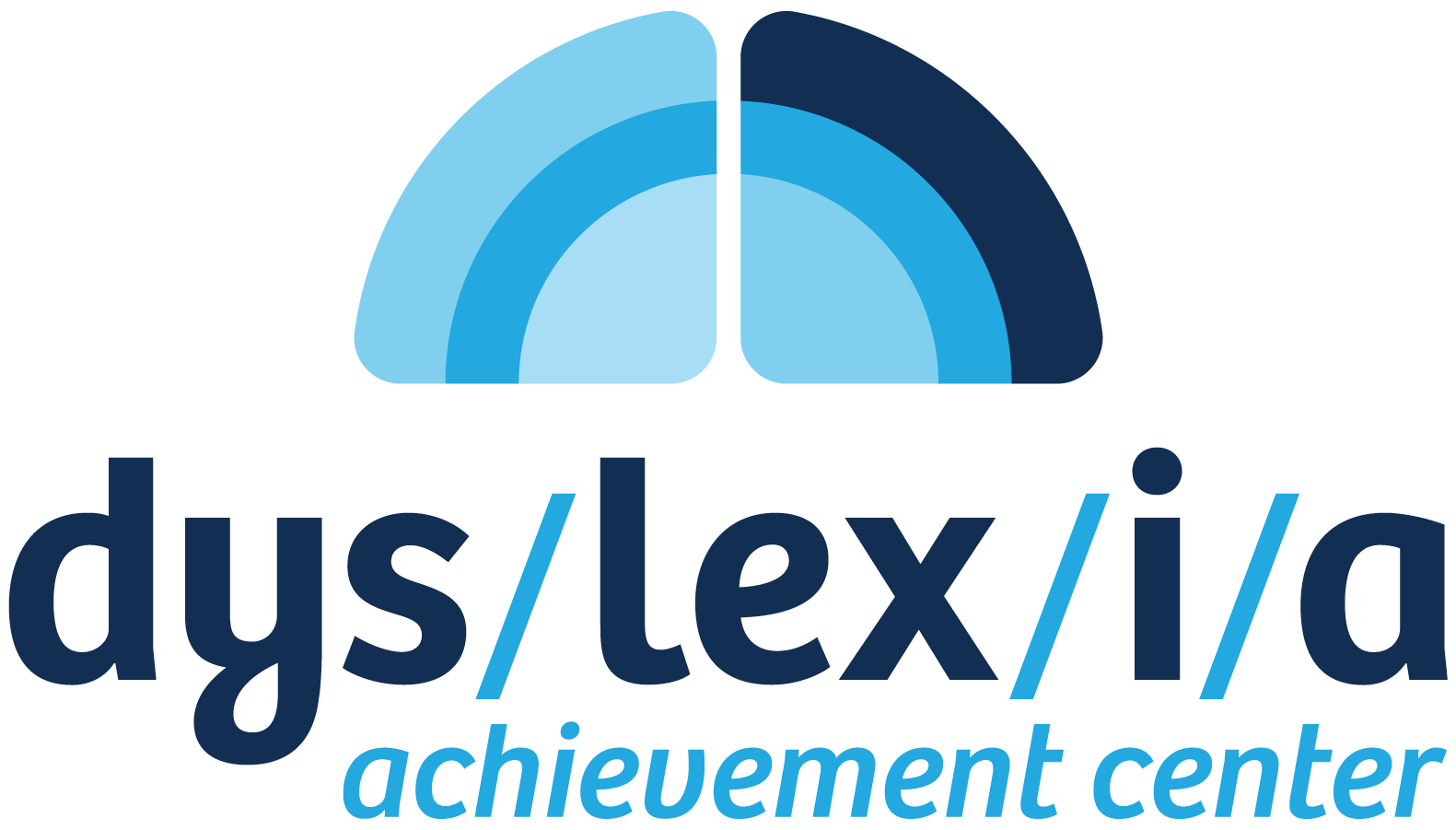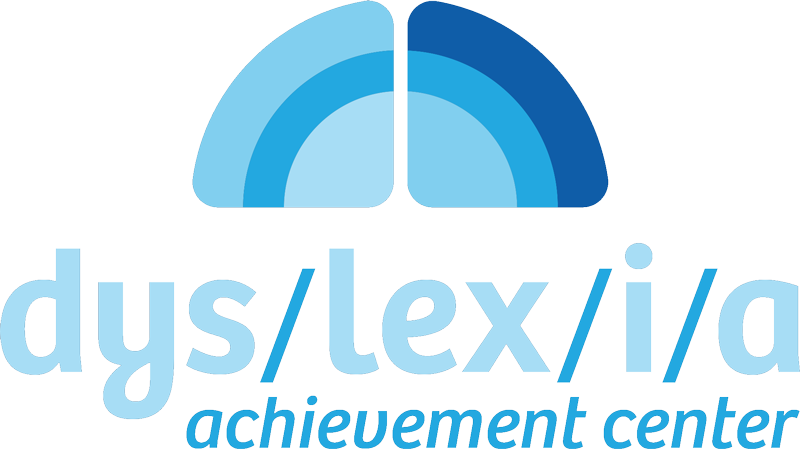According to the International Dyslexia Association, 20% of the population has dyslexia.
“Dyslexia is a specific learning disability that is neurobiological in origin. It is characterized by difficulties with accurate and/or fluent word recognition and by poor spelling and decoding abilities. These difficulties typically result from a deficit in the phonological component of language that is often unexpected in relation to other cognitive abilities and the provision of effective classroom instruction. Secondary consequences may include problems in reading comprehension and reduced reading experience that can impede growth of vocabulary and background knowledge.”
International Dyslexia Association
International Dyslexia Association
Dyslexia is included as a Specific Learning Disability in this DSM-5 (Diagnostic Statistical Manual-5th edition), the reference for cognitive, emotional, and psychological disorders. As such, it is covered by The Americans with Disabilities Act. Dyslexia is usually inherited, it is lifelong, although it can be remediated with correct instruction.
Dyslexia can impact one or many of the following areas:
- Difficulty with phonemic awareness (hear, identify, and manipulate phonemes—smallest sounds in a word).
- Difficulty with phonics (correlating sounds with letters).
- Difficulty with learning to decode (break down printed word into speech).
- Difficulty learning to spell (Orthography) (write or name letters that form a word in the correct sequence).
- Difficulty with Comprehension (understanding what the words or sentences mean).
- Difficulty with Orthographic Mapping (formation of the letter-sound connections to bond spelling, pronunciations, and meanings of specific words to memory).
Best results are attained for a student with dyslexia when two circumstances occur: Accommodations and Specialized Instruction such as The Science of Reading or Orton Gillingham.
A student with dyslexia must ultimately build skills necessary for reading, writing, and spelling competently. Students with dyslexia benefit from learning the English language in detail, mastering the sound/symbol correspondences, syllable patterns and this structure of our English writing system (orthography). The student benefits when the instruction is provided in a multisensory way, relying upon not just one or two neural pathways for learning, but several simultaneously. This is known as the Science of Reading or Orton Gillingham.
The main certification organizations include: OGA (Orton Gillingham Academy) , IMSLEC (The International Multisensory Structured Language Education Council), and ALTA (American Language Therapy Association).
About 20-40% of students with dyslexia have a comorbidity or another diagnosis. Some diagnoses that are common with dyslexia include ADHD/ADD, autism, language processing disorders, dysgraphia (writing), dyscalculia (math), dyspraxia (coordination), and other learning differences.


